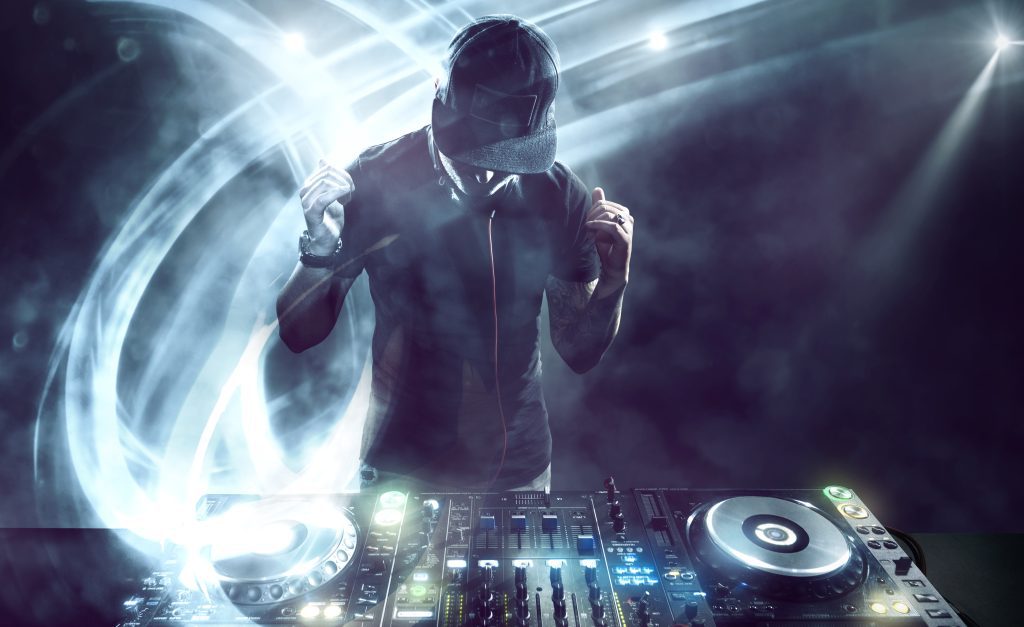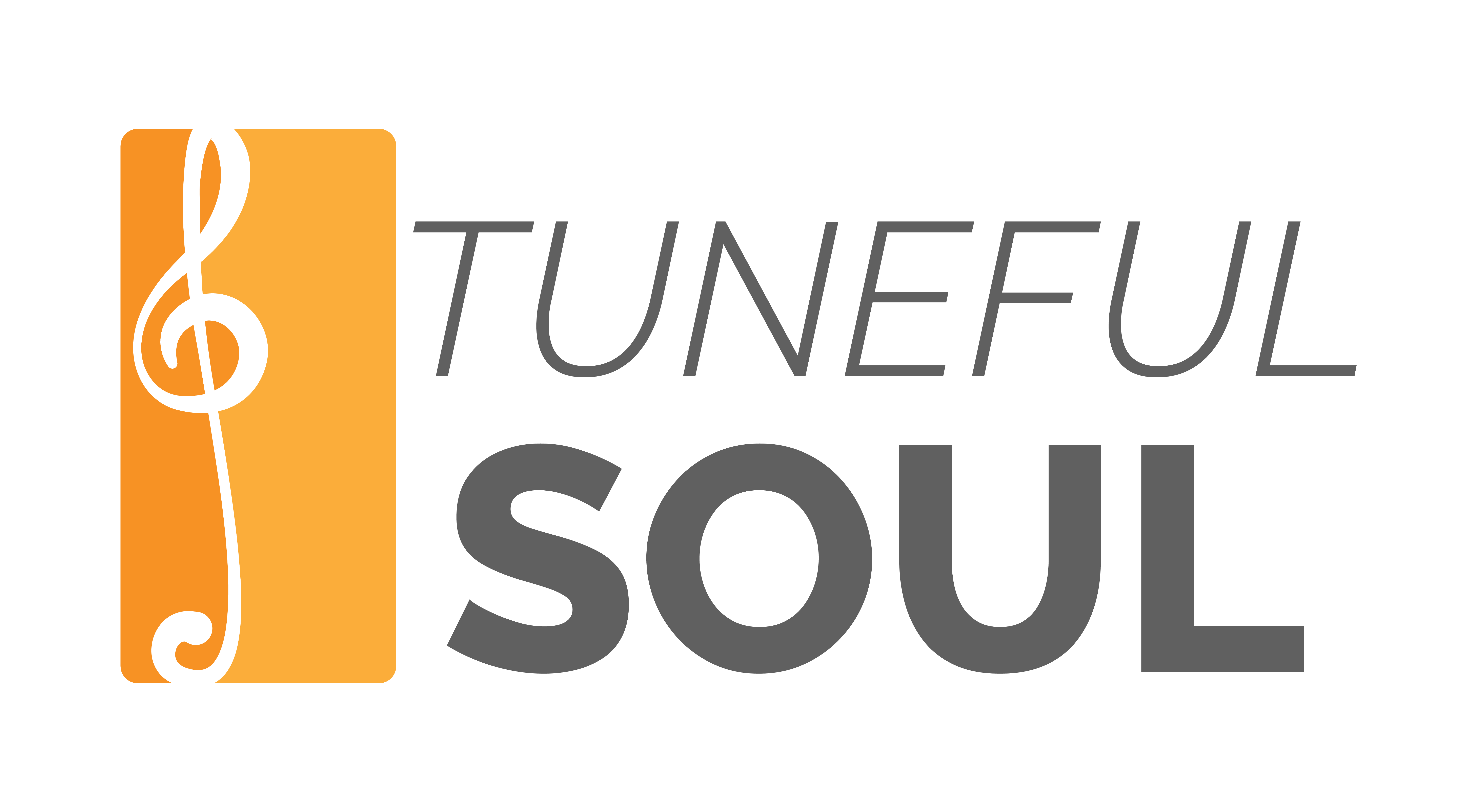Setting Up A Recording Studio On A Budget
Can you set up a DJ studio on a shoestring budget? Well, the answer is yes. It will take a lot of patience and a lot of DIY, but it can be done. We’ll start by figuring out what type of equipment you’ll need to buy.

Audio interface
This is the core of your studio, which will determine the quality and features of your digital conversion. You have many options for choosing an interface, but it’s essential to keep in mind that they range in quality from dirt cheap to really expensive. We’re going for inexpensive here – so, something like the Steinberg UR44, which is available for around $250 on Amazon (it’s even cheaper if you’re buying used). It acts as both a sound card and an effects processor.
A computer
You’ll need this, obviously. If it’s going to be the only computer you have for audio production, then you’ll need enough power to run your audio interface, a DAW, and any plugins you’ll want to use. It might be a good idea to get something with a little bit more horsepower than the basic laptop. You can get a decent desktop computer for $500 or less.
A mixer
We’re going to recommend against buying an all-in-one DJ mixer like the Pioneer DJM-900 Nexus. It’s just too expensive at retail ($1,200) and will never match the quality of a pure analog mixer like the Mackie 1604 ($300). Spend the extra money to get the real thing.
Noise-canceling headphones
These or a decent pair of studio speakers will help you hear the details of the sound that you’re recording. It’s important to get relatively flat ones in the frequency range because if they’re too bass-heavy, they’ll color the sound of your mixes.
For an excellent selection of producer-grade headphones that won’t bust your budget, we highly recommend checking out Amazon Warehouse Deals. They sell gently used items at up to 80% off!
Recording software
Most DAWs come with a free version that you can download and try. If you already have some experience with audio production, it won’t take long to decide which DAW you like best.
If you’re on a tight budget, we’d recommend starting with Audacity. It’s free, and it’s pretty capable. If you do go the Audacity route, then here are a few tips to get the most out of the software:
Be aware of your computer’s CPU load while recording. The fewer spikes there are on the screen, the better your results will be. Starting out at 48kHz is probably your best bet until you get comfortable working in Audacity.
